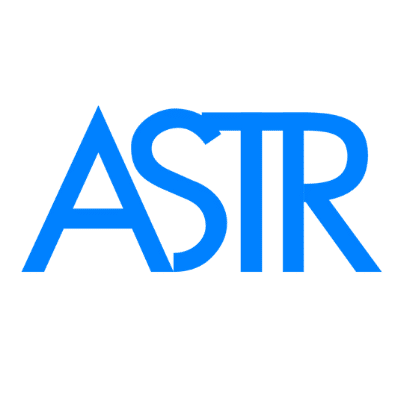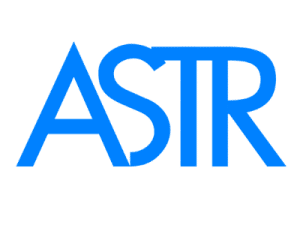How Scar Tissue Affects Movement—and How to Break It Down Safely
How Scar Tissue Affects Movement—and How to Break It Down Safely
Search terms: scar tissue pain, scar release therapy, tools for scar tissue
🧬 What Is Scar Tissue—and Why It Can Restrict Movement
Scar tissue forms during the healing process after injury, surgery, or inflammation. While it helps seal damaged tissue, it doesn’t function like the original tissue. Instead, scar tissue is dense, sticky, and less elastic, which means it can restrict motion and contribute to pain over time.
Scar tissue can form:
-
In muscles and fascia after strain or surgery
-
Around joints, limiting mobility
-
Internally after inflammation or trauma
-
Along nerve pathways, contributing to numbness or tingling
⚠️ Signs Scar Tissue Is Limiting Your Movement
You may have scar tissue restricting your motion if you experience:
-
Tightness or stiffness in a specific area
-
Pain when stretching or bending
-
Reduced range of motion after surgery or injury
-
A feeling of “pulling” under the skin
-
Muscle imbalances or altered posture
🧠 Why Movement Gets Stuck
Scar tissue often binds to the fascia, the connective tissue web that surrounds muscles and organs. These adhesions can lock down nearby tissues, prevent muscles from sliding freely, and limit joint mobility. Over time, your body compensates—leading to more pain, inflammation, and poor biomechanics.
✅ How to Break Down Scar Tissue Naturally and Safely
You don’t need surgery or injections to address scar tissue. Safe, evidence-based approaches can help your body remodel scar tissue and restore mobility.
1. Myofascial Release
A gentle, hands-on technique that loosens adhesions in fascia and muscle. This improves tissue glide and reduces tension.
2. Instrument-Assisted Soft Tissue Mobilization (IASTM)
Using specially designed tools, IASTM breaks down scar tissue more deeply and precisely than hands alone. It promotes blood flow, collagen remodeling, and pain relief.
🔗 Try the ASTR Tools for Effective Scar Tissue Release
3. Stretching and Mobility Work (After Release)
Once scar tissue is broken up, stretching helps realign fibers and maintain range of motion. Always stretch after soft tissue work, not before.
🛠️ Why ASTR Tools Are Different
Dr. Joseph Jacobs, DPT, developed the ASTR method to break down scar tissue at its root—safely and non-invasively. His tool-based therapy system uses patented instruments designed to:
-
Detect fibrotic tissue
-
Release adhesions without bruising or trauma
-
Support full recovery of motion
-
Promote natural healing without medications
He shares this system in the book
Pain No More: 7 Proven Secrets to End Chronic Pain.
🧪 Scientific References
-
Jacobs et al. (2023): ASTR significantly reduces scar tissue, improves range of motion, and enhances healing
-
Cheatham et al. (2016): IASTM is effective for improving flexibility and reducing soft tissue adhesions
-
Langevin et al. (2006): Myofascial restrictions are linked to chronic pain and mobility loss due to tension in connective tissue
🟢 Key Takeaway
Scar tissue can silently limit your movement and contribute to pain. But with the right tools and techniques, you can release it naturally—without surgery or drugs. The ASTR method offers a powerful, research-backed way to restore freedom of motion and feel like yourself again.

